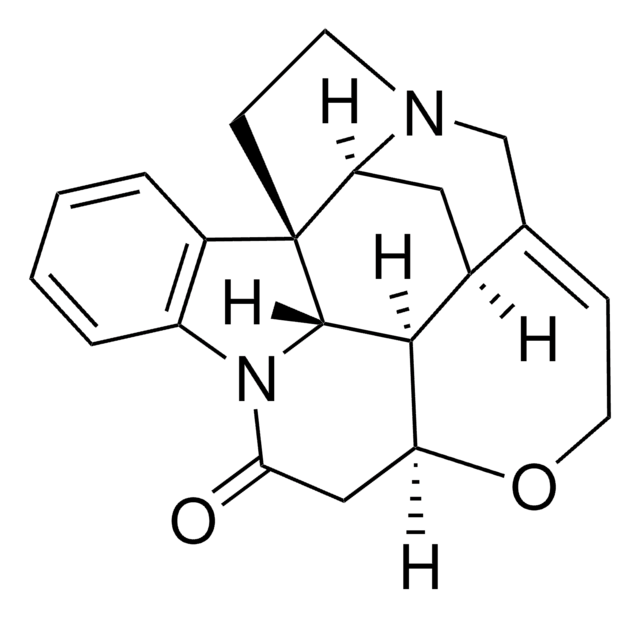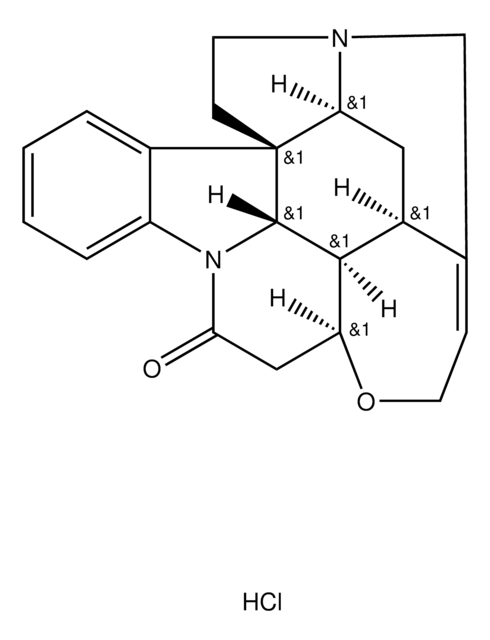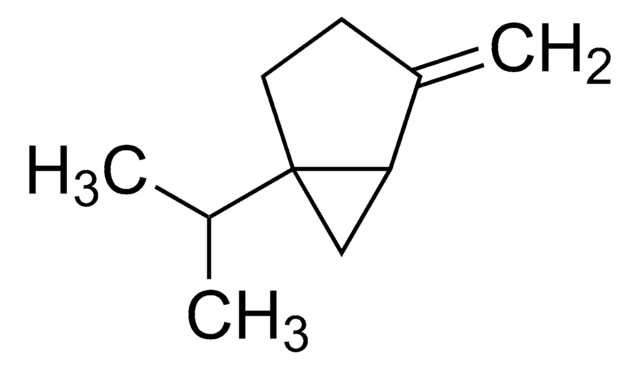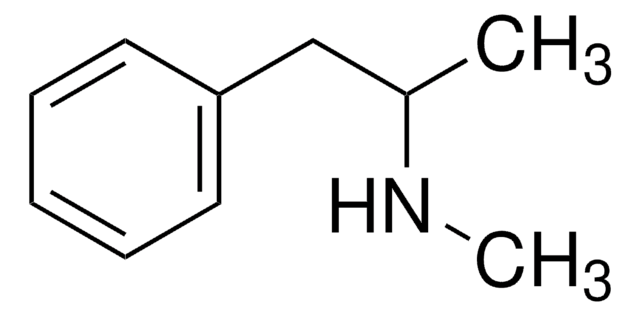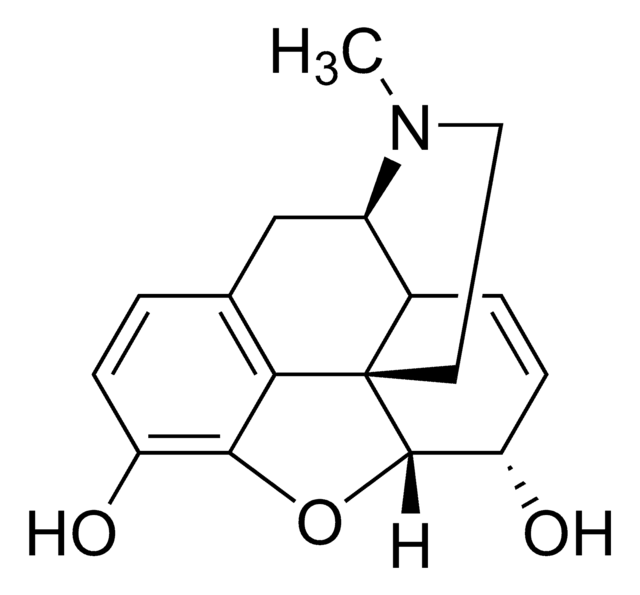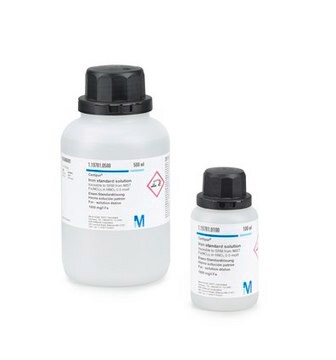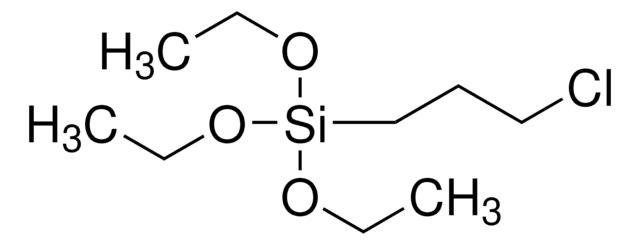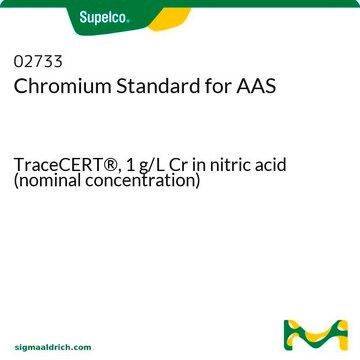S7001
Strychnine hemisulfate salt
≥98.0%, suitable for ligand binding assays and NMR
Sinónimos:
Strychnidin-10-one sulfate (2:1)
About This Item
Productos recomendados
product name
Strychnine hemisulfate salt,
assay
≥98.0%
Quality Level
form
powder
technique(s)
NMR: suitable
ligand binding assay: suitable
color
white to off-white
SMILES string
OS(O)(=O)=O.O=C1C[C@@H]2OCC=C3CN4CC[C@@]56[C@@H]4C[C@@H]3[C@@H]2[C@@H]5N1c7ccccc67.O=C8C[C@@H]9OCC=C%10CN%11CC[C@@]%12%13[C@@H]%11C[C@@H]%10[C@@H]9[C@@H]%12N8c%14ccccc%13%14
InChI
1S/2C21H22N2O2.H2O4S/c2*24-18-10-16-19-13-9-17-21(6-7-22(17)11-12(13)5-8-25-16)14-3-1-2-4-15(14)23(18)20(19)21;1-5(2,3)4/h2*1-5,13,16-17,19-20H,6-11H2;(H2,1,2,3,4)/t2*13-,16-,17-,19-,20-,21+;/m00./s1
InChI key
GOOCRIHPADOQAS-ZNUXJMJHSA-N
Categorías relacionadas
Biochem/physiol Actions
signalword
Danger
hcodes
Hazard Classifications
Acute Tox. 1 Oral - Acute Tox. 2 Inhalation - Aquatic Acute 1 - Aquatic Chronic 1
Storage Class
6.1A - Combustible acute toxic Cat. 1 and 2 / very toxic hazardous materials
wgk_germany
WGK 3
flash_point_f
Not applicable
flash_point_c
Not applicable
Certificados de análisis (COA)
Busque Certificados de análisis (COA) introduciendo el número de lote del producto. Los números de lote se encuentran en la etiqueta del producto después de las palabras «Lot» o «Batch»
¿Ya tiene este producto?
Encuentre la documentación para los productos que ha comprado recientemente en la Biblioteca de documentos.
Los clientes también vieron
Nuestro equipo de científicos tiene experiencia en todas las áreas de investigación: Ciencias de la vida, Ciencia de los materiales, Síntesis química, Cromatografía, Analítica y muchas otras.
Póngase en contacto con el Servicio técnico